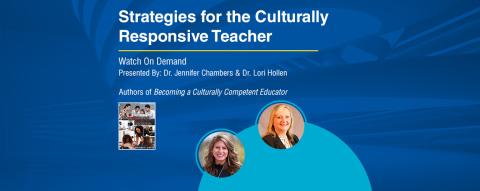
A Sudden Transformation
A sudden transformation
It’s not exactly news in 2020 that the internet has transformed the economy, the workforce, and society itself. This basic concept, though, remains news to digital natives born in the 21st century. Gen Z was never immersed in a world of physical library research and telephone cords, so they must be ideally situated to deal with the Covid-19 crisis, right?
Wrong.
They’re tired of the internet.
Beyond the deleterious health effects associated with heavy social media use, Gen Z, in my view, yearns for human connection. Information flows at the speed of light all across the globe. Knowledge remains as elusive as ever. College students of the 21st century are autodidacts walking through mine fields of fake news. They understand their situation. Computers have simultaneously eased and wrecked their lives.
So when the power went out—that is, when we were sheltered in place and confined to the internet—it was not business as usual for anyone, much less for Gen Z. Computers, disguised as innocent little telephones, have ruled their existence: devices mom and dad ogled whenever the family went out, status symbols, social lifelines, instigators of joy and misery, streaming entertainment. And now: your virtual instructor.
Instead of that goofy human at the front of the room so passionate about his or her college discipline, you get more phone. More internet. Covid-19 brings the bane of the internet into one of the few sacred spaces where Gen Z could escape from it.
A necessary pivot
Higher ed colleagues across the country are wary of the long-term ramifications: remote education is a cheaper business model, after all, and (as any faculty knows) administrators and trustees cannot, er, be trusted making these decisions. How long before tenured faculty are replaced with TeachBot?
All valid and exaggerated fears aside, students and faculty alike shared a common bond of panic when remote learning imposed itself in Spring 2020. Instructors scrambled for effective content delivery. Students rolled their eyes. Here we go again: the internet.
I do not personally fear the corporate business model due to the reluctance I sense in my students: the customer, the client, the end user, however you want to say it (let’s use the quaint term student), has no desire to engage with that business model. Supply and demand economics prevail. Gen Z has an oversupply of internet, a dearth of human contact. TeachBot is a great invention as far as whacky admins and Wall Street investors are concerned; students themselves are not so enthusiastic.
Don’t get the wrong idea. I am no digital Luddite. I have taught online for about fifteen years. All of my “live” classes, in fact, use hybrid online pedagogy and an online course site, so when we all had to make the necessary pivot, not too much changed for me except that I was in my living room instead of my classroom.
My comfort level explains pandemic reviews like these: “You have been the best teacher I have had yet at [the college]. I appreciate your time and patience.” “I do appreciate the extra time you took this semester for us.... You definitely make the class feel more like an actual classroom than all of my other online classes.”
Naturally, I only copy and paste the good reviews.
Recommendations for online effectiveness
Seriously, though, we must recognize the psychological aspects of this shock. I mean the psychology of both student and teacher. My students can’t follow written directions and They are disappearing seemed to be the common complaints among my colleagues. I can find a plethora of technical recommendations and online resources through professional collectives and even simple Google searches, but maybe what’s most important for me right now is to translate the human element from the brick-and-mortar classroom to the virtual classroom:
- Open up. I followed up on How are you all doing? with honest statements, genuine expressions of concern, and, most popular, framing my lazy dog in the video. My chocolate lab Rusty is certainly responsible for solid pandemic retention rates.
- Stay cool. A living room is as good as a stand-up desk. Ergonomics are crucial. Make sure your physical self is comfortable.
- Stay in touch. My live classes continued at designated days and times. Mandatory video share at the beginning, required chat participation, free use of interactive audio, calling on students by name, screen sharing, frequent polling—these things are key.
- Give it a rest. After 20 minutes of lecture or screen share, switch topics or just say, “Let’s take five.” Or, “Let’s discuss something unrelated to the class.”
- Stay flexible. We can stay rigorous and flexible at the same time. Teaching, especially during a crisis, forces us to work on our best selves. I fall back on a persona named “Mr. Bradley.” He is the person my dog thinks I am. He’s not always the real me, but he’s someone that my students can rely on without question, someone they look forward to seeing online, someone who knows that challenging times can bring out the best in people.
Bradley Summerhill is the author of Engaging Discourse: A 21st Century Composition Reader & Curriculum. You can request a review copy of his publication here.



